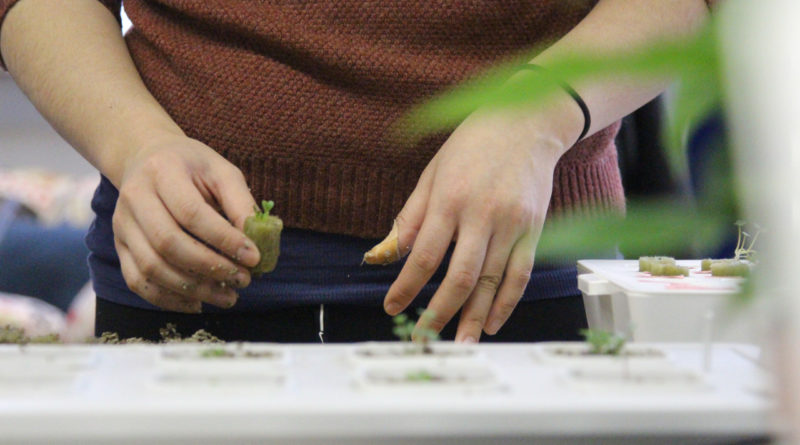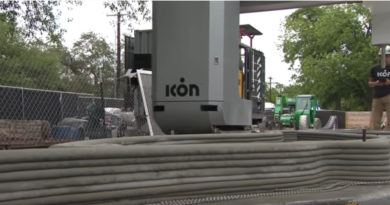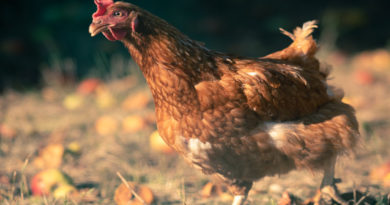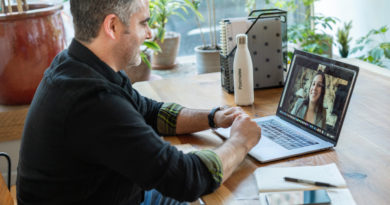Hydroponics: The Gateway To Self-Sustainability?
One of the reasons our food is chemically-treated (think pesticides, synthetic fertilizers, etc.) and genetically-modified is enormous population growth. In order to provide enough food to feed us all, the food industry is using all available methods to produce sufficient amount of food. Good and profitable for the food industry. Not good for us or the ecosystem.
Can you stay ahead of the game? Of course, there is organic produce. However, if you’re not easily intimidated, you may want to give hydroponics a try.
Hydroponics is a technique of growing plant foods without a soil.
As it turns out soil isn’t necessary to grow plants; water, oxygen and nutrients are. I’ve read about hydroponics first in the context of Asian commercial farms. But it really blew my mind when I’ve seen on TV news a California restaurant owner who doesn’t buy produce for his kitchen. Instead, he grows all the produce he needs in a space right above the restaurant! Shortly after, there was a program featuring a gentleman from Hong Kong who is growing produce AND FRUIT(!) in his small apartment! In theory at least that’s perfection!
We all know that overpopulation is a problem and that it drives the extensive use of environment-polluting agricultural chemicals. Had each of us taken just a bit of responsibility and became a bit more self-sufficient we’d be eating healthier, saved money and yes, reduced pollution and water contamination.
Doesn’t hydroponics begin to look wonderful? So, how does it work? Not unlike caring for a pet fish!
Just like for a pet fish, you’ll need a deep container (it doesn’t have to be made of glass, it shouldn’t allow light to penetrate its walls) that’s filled with water, an air pump and air stone. Just like for a pet fish, you’ll need nutrients (in the case of hydroponics: plant growing nutrients, not fish food!) and the ability to monitor the water’s pH level.
Now, unlike in the case of a pet fish, the tank for hydroponics has to have a lid. Holes drilled in the lid are needed to keep in place net pots with your plants.
Once you ensure that the water is well-oxygenated, has a pH level between 5.5 and 6.5 (your plants require slightly acidic pH) and is nutrients-rich, you’ve created a life-supporting environment for your hydroponic garden.
The micro-environment of your own creation will thrive or die due to your action or inaction. The same is true on a global scale. Click To Tweet
You are ready to get your plants (herbs and leafy veggies do best in this system) and set your net pots in the pre-drilled holes in the tank’s lid. (You could also start with seeds, but that’s the longer and more difficult way.)
You’ll need to keep an eye on the pH and nutrient levels throughout the growing process. (We’re talking here about a DIRT-FREE GARDENING!)
For more detailed guides for starting your own hydroponics garden (even on a shoestring!), visit:
Whether you prefer hydroponics or growing some edible greens in conventional flower pots, I highly recommend that you try your hand at indoor gardening. The experience is eye-opening.
– Creating a life-sustaining environment for your plants might inspire thoughts about the sophistication and fragility of the ecosystem.
– Caring for your plants might make you think about practices involved in growing food. Unlike industrial-scale mono-cropping focused on corporate gains, a small food grower (like you, me or a small family-owned farm) cares about the edibles he or she grows and health of its consumers.
– No matter which method you’ll choose to grow your greens, you’ll quickly learn that it takes effort to produce even a small amount of food.
– Growing your own greens will make you think about sustainability. You might even wonder whether YOU could become food-independent (self-sustainable) and help reduce carbon footprint….
Planning crops with sustainability in mind, nurturing diversity and abstaining from synthetic chemicals should be the operating principles of all food production. Today, industrial-scale food producers ignore our health, ecological sustainability, biological diversity, not to mention farm workers’ exposure to chemicals.
Until mass food producers catch up with common sense, hydroponics and permaculture are worth exploring.




